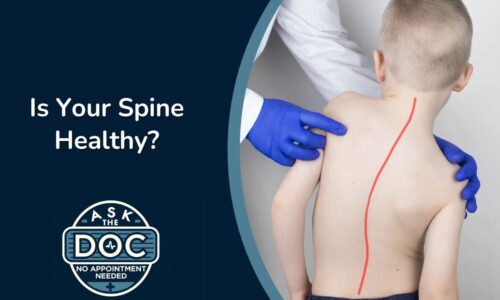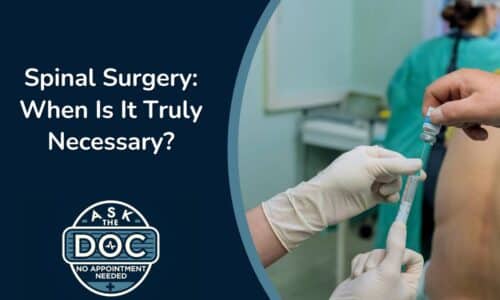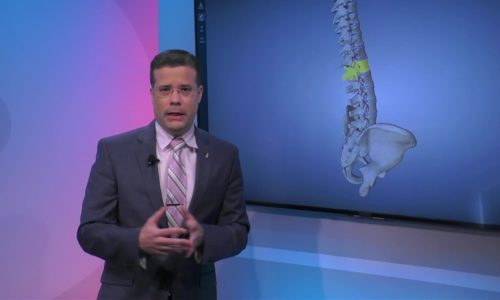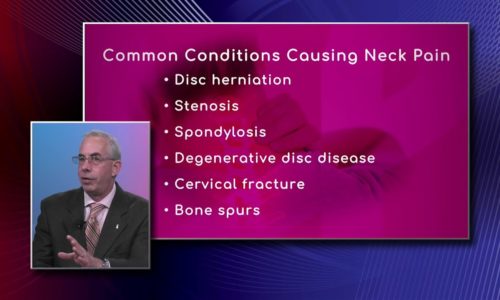Common Spine Conditions |
Degenerative disc disease, spinal stenosis and kyphosis are the most common spine conditions. Dr. Ronald Tolchin, Medical Director of the Baptist Health Center for Spine Care, says degenerative disc disease happens with the narrowing of the discs, they are irregular, the cartilage in between is thinned out, and the gel inside the disc is dried out.
About kyphosis, he explains it is another example when we start to slouch and bend forward, and the spine takes a different type of curvature.
Transcript
You know this image for our viewers and there’s a few conditions I’d like you to kind of tell us what’s happening for example you can have a degenerative disc disease spinal stenosis kyphosis can you walk us through those three and tell us what they are yes absolutely so the first picture here is of degenerative disc disease you see it highlighted in red these discs now are narrow they’re irregular and the cartilage in between is thinned out and of course the the gel inside the disc is already dried out when this occurs it puts a lot of stress on these elements in the back these are the small joints called facet joints and it narrows the space between the vertebrae these are the vertebrae the big squares and it now is the space where this nerve has to come out okay you can see this is a normal-looking disc here the last disc at l5 s1 but these are all abnormal all right and what about the other one doctor which is kyphosis can you touch upon that real quick if possible yes so kyphosis is another example of when we start to slouch and bend forward and the spine takes the different type of curvature this is the mid-back or the thoracic spine and you could see it’s accentuated like a C and it’s actually more bent forward and this can occur and we start to Crouch over like this and we see this a lot in patients with osteoporosis this excessive kyphosis or bending forward bending forward like this now there are other reasons to bend forward but when we get older the front part of the vertebrae start to wear down and compress we can eat they can even fracture called compression fractures particularly important in patients with osteoporosis and we developed that kyphosis and you’ll hear patients say that I’m getting shorter with age and that’s true we are all getting shorter with age that’s already happening to me it happens to everyone don’t feel bad and and it’s part of the aging process but it’s especially prevalent in people with osteoporosis you








